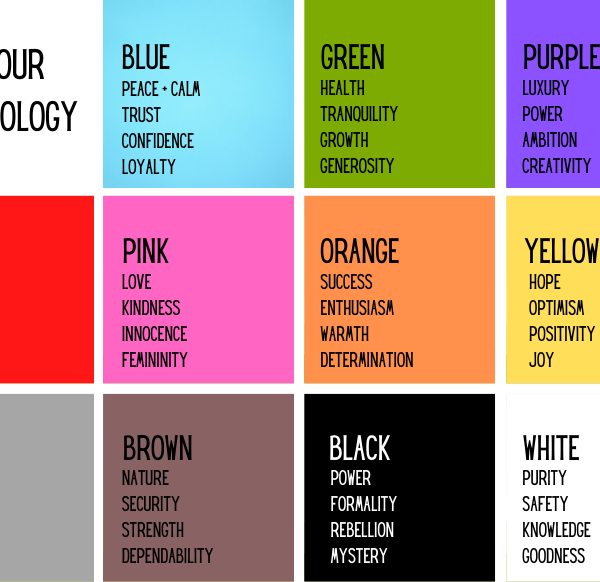Inclusive design goes beyond meeting accessibility standards; it’s about creating products and experiences that cater to diverse needs and preferences. This post will delve into the principles of inclusive design, emphasizing the importance of considering a wide range of users throughout the design process.

Inclusive design focuses on creating solutions that are accessible, usable, and enjoyable for everyone, regardless of their abilities, age, or background. It encourages empathy and understanding of users’ diverse needs, ensuring that digital products are designed with inclusivity in mind.
Key principles of inclusive design include:
- Diversity and Representation: Representing a diverse range of users in the design process ensures that products are relevant and accessible to a broader audience.
- Flexibility and Adaptability: Providing customizable features and adaptable interfaces allows users to personalize their experiences based on their preferences and needs.
- Clear Communication: Using clear and concise language, icons, and multimedia elements aids understanding for users with various levels of literacy and language proficiency.
- User Feedback and Testing: Involving users from diverse backgrounds in the testing process helps identify potential barriers and ensures that the design meets the needs of the intended audience.
Inclusive design not only contributes to a more accessible digital landscape but also opens up opportunities for innovation and creativity. By embracing inclusive design principles, web developers can create products that resonate with a broader audience and make a positive impact on society.


